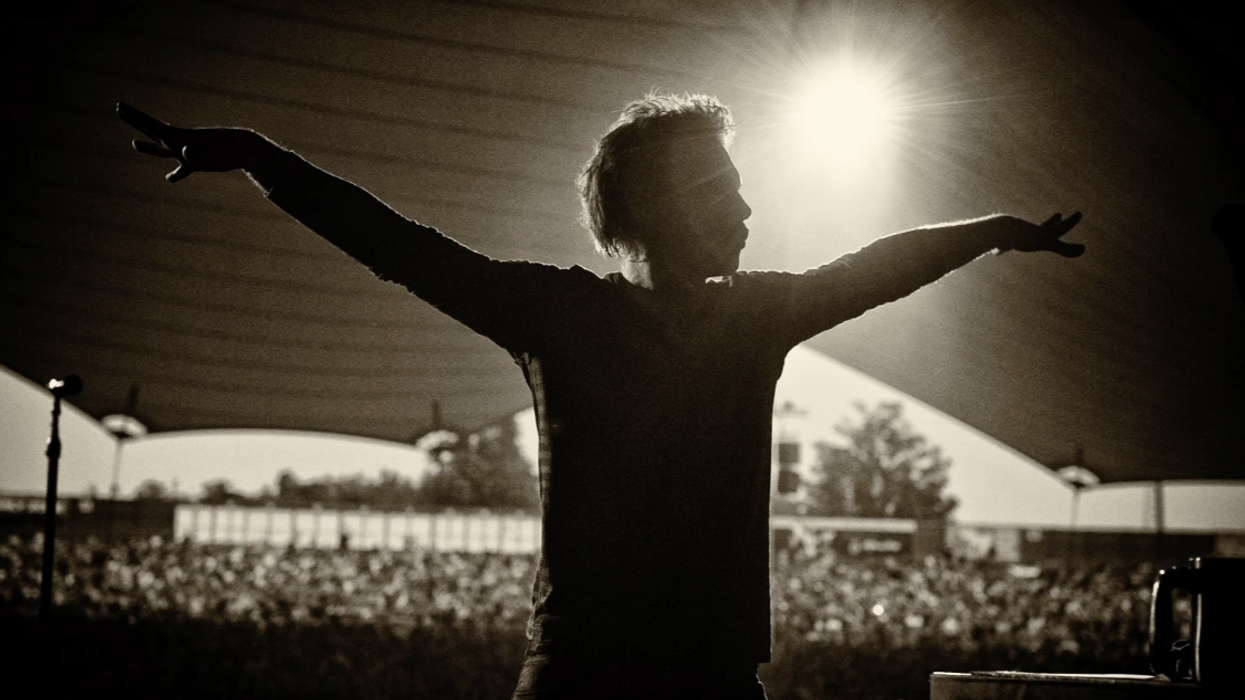How to Break Common Compositional Rules to Make Your Images Better
Rules are meant to be broken, especially when it comes to cinematography.

Though it's important to learn common standards and practices of filmmaking, there are no hard and fast rules that you have to abide by in order to ensure beautiful images. Cinematic concepts like the Rule of Thirds are there to serve as aids for those who desire guidance, but filmmakers and DPs break those compositional "rules" all the time with plenty of success. In this video from Adorama TV, David Bergman shows you three ways you can do just that. Check it out below:
There's no recipe for good composition. Some might be die-hard supporters of the Rule of Thirds, the Golden Ratio, or not shooting towards the sun, but interesting things happen when you divert from these well-trodden paths. Bergman talks about three common compositional rules: the Rule of Thirds, shooting with the "sun at your back," and filling the frame. You can break all of these and get great results.
Rule of Thirds
Some of the most interesting cinematography that we've seen in recent years go against the Rule of Thirds. Mr. Robot has the film industry buzzing about its unconventional quadrant framing and composition, because the show often sets characters in the corners of the a frame, increasing the amount of negative space, which communicates certain crucial emotions for particular scenes. Another example is Wes Anderson and DP Robert Yeoman's work, which often sets characters dead center in the frame, causing, with the help of anamorphic lenses, a certain kind of playful, kitschy look.


Shooting with the sun at your back
Simply put, you don't always have to shoot with the sun at your back. This is one of those suggestions made to beginners so they're not constantly putting their subjects in front of windows and not understanding why they can't get a decent exposure. All great DPs utilize this common technique to create stylish silhouettes. In fact, Roger Deakins is famous for it.
Filling the frame
This is less a rule than it is a beginner's tendency. Filling your frame with your subject is typical when you're first starting out, because negative space can be a scary thing to include in your shot. Many times novice filmmakers will see shots with a lot of negative space as incomplete, empty, or boring when in reality they are just communicating a different message than frames that are dominated by a subject. You can use negative space to communicate:
- Loneliness or isolation: Paul Thomas Anderson and DP Robert Elswit did this in Punch Drunk Love.
- Create a beautiful tableau: Woody Allen and DP Gordon Willis did this in Manhattan.
- Design a funny/effective sight gag: Zach Braff and DP Lawrence Sher did this in Garden State.


Source: Adorama













